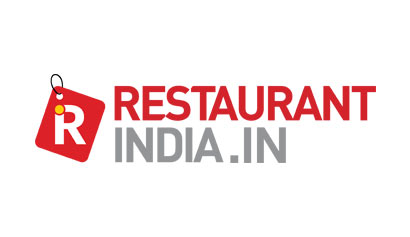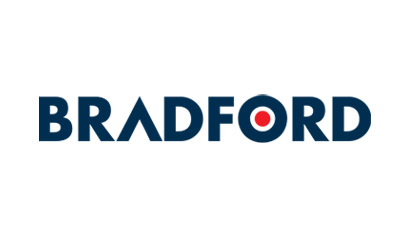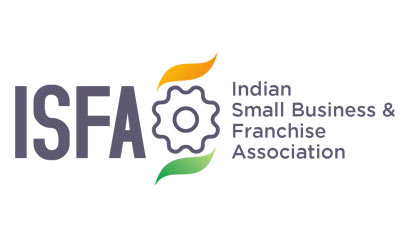To get access to over 10000+ Franchise Business Opportunities.
Network with the growing Business Community to get expert interventions to let you learn to Grow & Expand your Business with Franchising.
After metros, tier II & III cities are aggressively turning out to be the potential markets for franchisors to have a robust expansion. All this is happening as consumers within these cities have potential to buy branded things, ever-evolving working clas
According to the recent reports, Indian footwear market is currently valued at US$ 5 billion. It is growing at 15% Compound Annual Growth Rate (CAGR) and all leading brands are eyeing to establish themselves pan India. Rise in brand awareness and higher disposable income in the smaller cities has developed newer markets for brands like us. The consumers are educated, well aware of brands and their USPs and thus, have their own preferences. Lifestyle of the people is taking a definitive shape in small cities giving us an opportunity to grow with the market. We at Woodland are currently working on a strong franchise model to grow our presence in smaller cities and towns and reach closer to the customer. The trend of smaller towns catching up with its bigger counterparts in organised retail has been witnessed in the last two to three years.
Apart from retail growth in urban and tier-I cities, there is also a radical shift witnessed in consumption patterns in smaller towns with people moving beyond necessities and using products that were not too much used in urban areas. As markets in metro cities mature, retailers are moving into non-metros to make the most of changing behavioral patterns brought about by increased earnings, western influences, increased number of working women and a growing desire for luxury items. Consumers in small cities want to splurge on food, shopping and entertainment like their counterparts in the metros.
Sensing this highly prospective business opportunity, Woodland also plans to create a strong presence in tier II and III cities as these locations constitute our focus area for expansion. We aim to create a strong brand position for the middle class and provide a convenient access to our stores. No more are the days when brand demand will continue to be skewed towards the metros; we are seeing the shift and are anticipating a 50:50 shift in the next two to three years. While the metros will continue to witness emergence of new malls and lifestyle stores, almost a third of new development will happen in the tier-II and -III cities. Woodland has always maintained an unwavering commitment to innovation and sustainable business practices. Keeping with its tradition of promoting outdoor and adventure sports worldwide, Woodland as brand has always advised to 'Explore More' not only in the metros but the smaller cities as well.
While the metros will continue to witness emergence of new malls and lifestyle stores, almost a third of new development will happen in the tier-II and -III cities.
Harkirat Singh, MD, Woodland India, hails from a family of industrialists and took over the responsibilities of Woodland at a young age of 30. He has attained a degree in a marketing course from Harvard Business School and Philology from Moscow University. On completion of his academics, he joined business full time concentrating on exports to Europe and US. He has made significant contribution towards the brand Woodland. His acute perception of the market trends has assisted him to sustain the volume of business even in times of downturns in the market and period of recession.


Business Opportunities
Browse By Investment Range
Browse By States
Popular Cities















